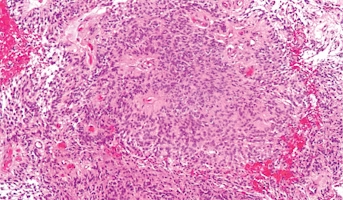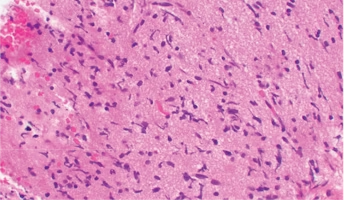Spatial Evolution and Somatic Mutations Spectrum of Gliomatosis Cerebri
Email Principal InvestigatorGliomatosis Cerebri tumors

About this
Project
The treatment of gliomatosis cerebri and other high grade gliomas (HGG) such as diffuse intrinsic pontine gliomas (DIPG) and ependymoma relies on a comprehensive understanding of each tumor type. Utilizing advancements in computational biology, researchers will use the Pediatric Brain Tumor Atlas and other open access datasets to map the characteristics, growth, progression, metastasis of gliomatosis cerebri and various HGG. This information will deepen the understanding of HGG, guiding tumor assessment, treatment decisions and therapeutic developments.
Ask The
Scientists
What are the goals of this project?
Using advances in computational biology, researchers seek to better understand the genetic underpinnings of various HGG including gliomatosis cerebri and DIPG.
What is the impact of this project?
By mapping the differences in the progression of various tumor types, researchers are building a knowledge base that will be helpful in guiding the decisions of medical professionals and to propel the discovery of new therapies.
Why is the CBTN request important to this project?
The Pediatric Brain Tumor Atlas will be used to expand the datasets necessary to complete this project.
Specimen Data
The Children's Brain Tumor Network contributed to this project by providing access to the Pediatric Brain Tumor Atlas.
Meet The
Team
related
Histologies

Ependymoma
Ependymomas arise from ependymal cells that line the ventricles and passageways in the brain and the center of the spinal cord. Ependymal cells produce cerebrospinal fluid (CSF). These tumors are classified as supratentorial or infratentorial. In children, most ependymomas are infratentorial tumors

Diffuse Intrinsic Pontine Glioma
A presumptive diagnosis of DIPG based on classic imaging features, in the absence of a histologic diagnosis, has been routinely employed. Increasingly however, histologic confirmation is obtained for both entry into research studies and molecular characterization of the tumor.[5] New approaches with





